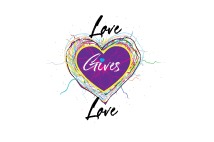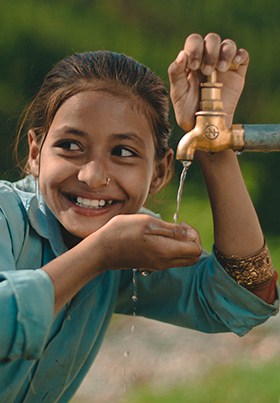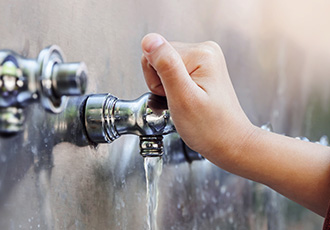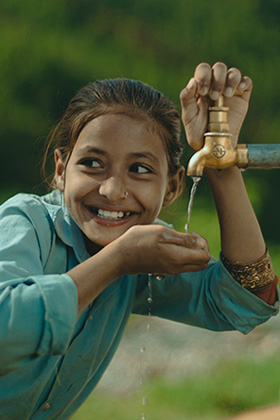Early intervention is recognised as crucial in mitigating and preventing developmental disabilities. Yet services for early intervention are rare in India and non-existent in the rural areas. After an assessment at our government hospital-based centre, this project provides families with follow up services for their children in their own communities. Local level health and childcare workers were trained to identify and refer children and parents meet our team regularly to update their skills and monitor their own kids.
It goes without saying that kids with developmental disabilities need regular follow up care after they’ve been assessed. But what if those kids are poor and live miles and miles away from services? Here in the foothills of the Indian Himalayas, that was our problem.
To solve it, we engaged with the existing public health network by training community health workers to identify kids with delays, refer them to us early and then follow up in their homes.
The follow-up is crucial. Because diagnosis is really the smallest piece of the puzzle the ones who do the heavy lifting are the parents. They need support, encouragement and guidance.
That’s where the community health worker comes in. Except for two small problems! She has limited medical knowledge and she lacks confidence when discussing disability (because her own kids were all typical).
Our Sightsavers project enabled us not only to train community level workers but to give them a tool… and a tool, it seems, is the key to success.
Keeping track
We’ve developed a Child Monitoring Booklet which contains a few (very few) suggestions for exercises or activities to promote the child’s development. It’s done visually – using simple line drawings – and it’s shared with the parents when their child is assessed and explained in detail. We get them to practice the exercise or activity a few times so they feel confident before they leave that they know what they are doing.
In our training with the community health workers, we used the same booklets and the same examples so that when they went to visit a family post-assessment, they would be familiar with what they’d been asked to do with their child.
Only problem? We were talking to the wrong people.
Re-thinking our approach
Community health workers are trained to deal with pregnancy, childbirth and postpartum care. Not with kids. Not with the day-to-day endlessness of kids. So, after many months of training and begging and cajoling community health workers to identify and refer kids with difficulties and then follow up on them post-assessment, we switched tack.
We started reaching out to child care workers. Sounds obvious, right? They are the ones who work with children, after all. But our programme was in health, so we had been focused on health workers.
Wrong! If you want to work with children, seek out the people who work with children!
This was our biggest learning, our most important discovery: let the line between the innovation and the recipient be as short and as straight as humanly possible. Once we got that sorted out, it was clear sailing. In one month, the child care gang identified more kids than the heath care crew had found in seven.
And once they were identified, the child care workers were the right people to persuade their parents to come in for an assessment and then to attend follow-up sessions.
It’s not what you do – it’s the way that you do it
The second big learning: assessments are ongoing and dynamic and don’t require much in the way of equipment. “Just give me a chattai and four feet of space and I can assess a child anywhere,” says Pushpa Painuly, the program’s special educator. When parents see our professionals down on the floor with their children, playing with them and talking to them, it reassures them that helping their kids to develop isn’t some mysterious process that only professionals can perform.
Because our suggestions are simple, concrete and based on issues that the parents have brought up themselves, families find it easy to implement them.
“I talk to my child all the time now and I never did this before,” one parent reported. “Since I made a daily plan for my child, my own day has become more organised,” another told us: “It was difficult, but I managed to toilet train my child and this has helped both of us.”
Making it easy
Many parents tell us how useful they find the monitoring booklet. Its reliance on visual reminders makes it easy for semi-literate families to use; and even those who are comfortable with reading say that having pictures makes them more confident that they are doing the exercise or activity correctly.
Promoting child development is a process and a partnership. Engaging with parents in their own community and gaining the support and trust of field level workers has made our initiative successful and rewarding for everyone involved.





